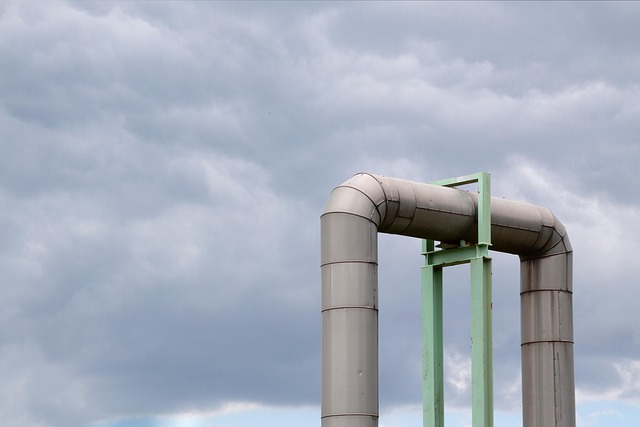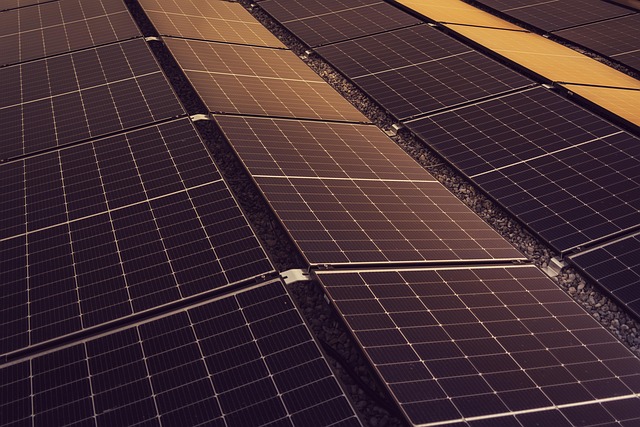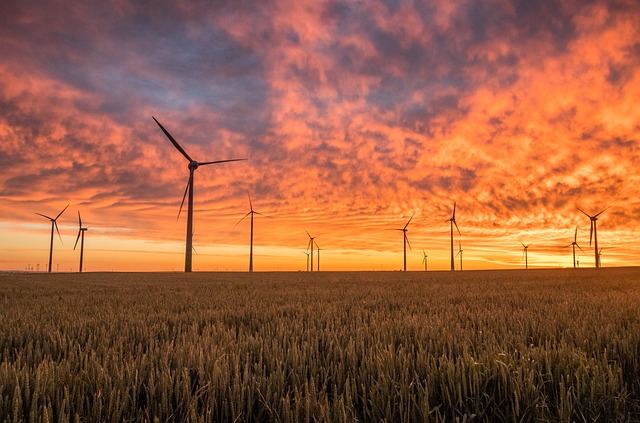Decarbonizing Cities: The Path to Sustainable District Heating Optimization
As our cities grow and evolve, the urgent need to address climate change and reduce ecological footprints becomes more pressing. One of the most effective strategies in achieving sustainable urban living is through district heating optimization. By rethinking how we heat our cities, we can align with sustainable development goals and drive the transition towards carbon-neutral urban environments.
Sustainable Development and District Heating
Sustainable development centers on meeting present needs without compromising the ability of future generations to meet theirs. Urban heating systems traditionally rely on fossil fuels, contributing significantly to greenhouse gas emissions. Through district heating optimization, cities can implement smarter, more efficient, and greener heating networks that minimize energy waste and reduce reliance on polluting sources.
Optimized district heating systems can integrate renewable energy sources such as biomass, geothermal, and solar thermal, fostering a cleaner energy ecosystem. This transition not only supports sustainable urban growth but also improves residents’ quality of life by providing reliable and affordable heating solutions.
Minimizing the Ecological Footprint with Smart Heating Solutions
The ecological footprint of a city measures its environmental impact, including resource consumption and emissions. Traditional heating methods often involve decentralized systems that operate inefficiency, leading to excessive fuel consumption and higher emissions.
By centralizing heat production and optimizing the distribution within district heating networks, cities drastically reduce wasted energy. Implementing advanced control algorithms, improved insulation, and real-time monitoring, district heating optimization paves the way to minimize the carbon footprint and preserve natural resources.
Leveraging Green Technologies in Heating Networks
Green technologies are at the heart of transforming how we heat our urban spaces. District heating optimization harnesses innovations such as combined heat and power (CHP) plants, heat pumps, and waste heat recovery systems. These technologies not only enhance efficiency but also enable the integration of excess renewable energy, supporting grid stability and sustainability.
For example, capturing industrial waste heat or using surplus electricity from wind and solar to power heat pumps can drastically lower carbon emissions. These strategies exemplify how cutting-edge technologies can be synergized within optimized district heating systems to achieve an eco-friendlier urban infrastructure.
Achieving Carbon Neutral Cities Through Optimization
The collective aim of many urban centers is to reach carbon neutrality—balancing emissions with removal or offsetting so that net emissions equal zero. District heating optimization offers a critical pathway here, converting urban heating from a major emission source into a clean, sustainable utility.
By shifting to renewable energy sources and maximizing system efficiencies, district heating systems can eliminate fossil fuel dependency. This transformation accelerates cities’ progress toward carbon neutrality, provides economic benefits through energy savings, and supports global climate objectives.
In the quest for sustainable, efficient, and low-carbon cities, district heating optimization stands out as a pragmatic and impactful approach. It harmonizes technology, environmental stewardship, and urban livability, shaping a greener future for generations to come.




